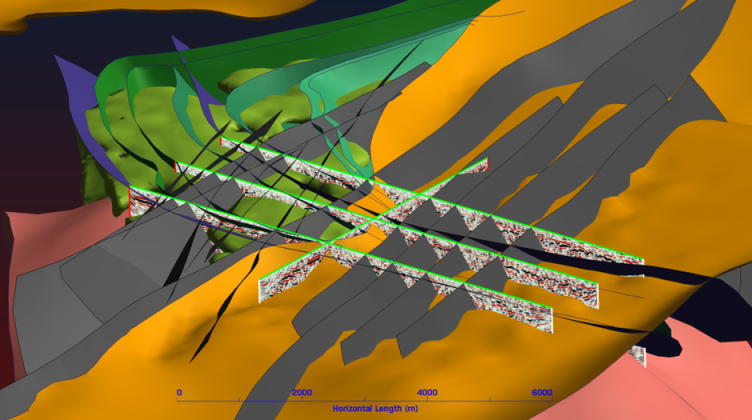As global mineral demand continues to outpace supply, mining companies are under increasing pressure to accelerate discoveries while meeting sustainability goals and tightened budgets.
But is there a tool that can truly accelerate and de-risk the exploration process?
The answer is yes: seismic data. However, to unlock its full potential, it must be the right type of seismic data to enable the development of detailed geological models to craft robust ore genesis hypotheses, and conduct more precise targeting exercises.
Join us for an exclusive webinar to explore how reflection seismic data is transforming mineral exploration. Learn how to overcome the limitations of low-resolution potential field or airborne-based subsurface geological models and adopt a cost-effective solution that drives deeper, more efficient exploration.
What we will cover:
- Visual comparisons of reflection seismic and ANT data, highlighting the pros and cons of each method.
- The specific applications of each method in mineral exploration.
- An overview of modern reflection seismic surveys, highlighting how the latest technology is significantly reducing costs and timelines.
- Real-world case studies showcasing how mining companies have leveraged reflection seismic in hard rock environments to revolutionize their operations.
Whether you’re exploring for copper, gold, nickel, or other critical minerals, this webinar will reveal how the right seismic data enables faster, more targeted discoveries—helping you stay ahead in a resource-driven world.
What you will learn:
- The key differences and unique benefits of reflection seismic versus ANT, and helping you choose the right seismic method for your exploration needs.
- How advancements in reflection seismic over the past five years have made it a cost-effective solution for mining exploration budgets.
- The types of geological deposits where seismic techniques are most effective and how to maximize their potential.
- How reflection seismic data enhances the exploration process compared to potential field methods like gravity and magnetics, offering greater precision and detail.
- Insights into the depths reflection seismic can achieve for mineral discovery—how deep you can go and still obtain accurate, actionable data.
- The distinctions between 2D and 3D reflective seismic data, and the unique insights each can provide to drive more targeted exploration.



